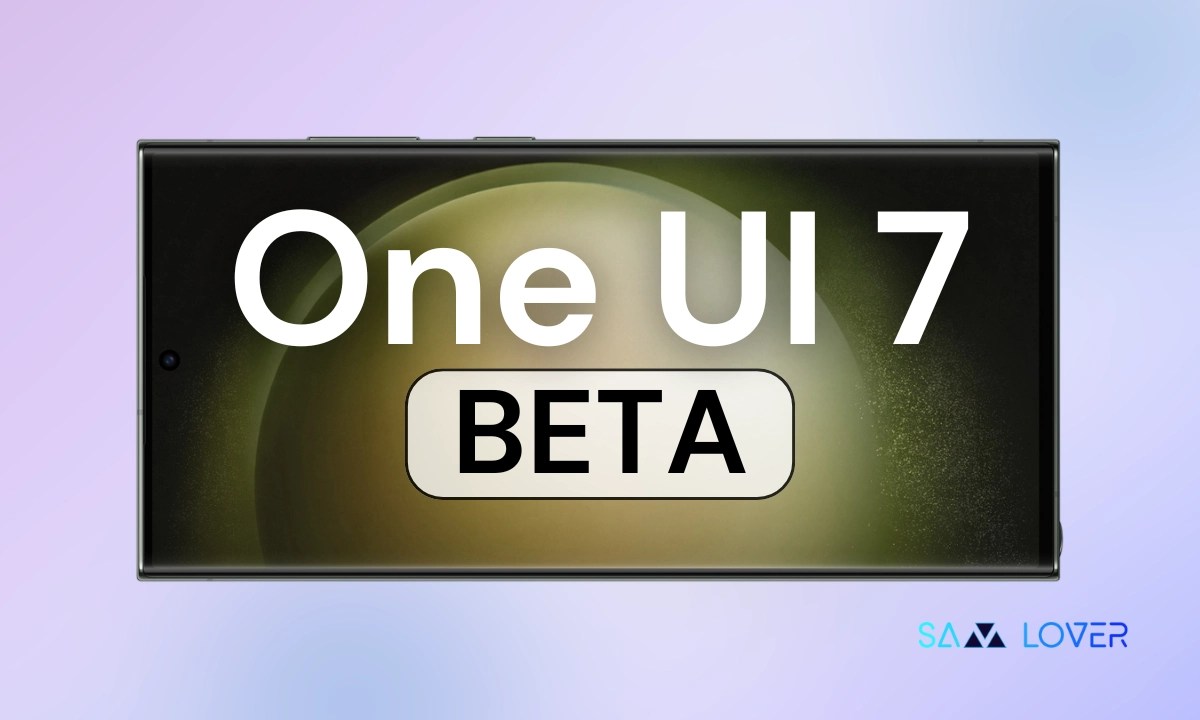It has been over two years since Elon Musk acquired Twitter, now known as X, prompting many users to seek alternative social media platforms. As a result, various alternatives, including Mastodon, Post, Pebble, and Spill, have emerged. However, few have achieved the same level of growth as Bluesky, with the exception of Meta’s Threads. As of February 2025, Bluesky has surpassed 30 million users, driven by policy changes at X, such as the modification of the block feature and the allowance of third-party companies to train AI on user posts.
Bluesky’s growth has also been influenced by the results of the 2024 US presidential election, which led to an exodus of users from X. Although the platform’s growth has slowed down, it still has a significant amount of ground to cover to compete with Threads’ 275 million monthly active users. Below, we have compiled answers to common questions about Bluesky, and users can follow TechCrunch on the platform and explore our Starter Pack for more information.
What is Bluesky?
Bluesky is a decentralized social app that was conceptualized by former Twitter CEO Jack Dorsey and developed in parallel with Twitter. The platform features a Twitter-like user interface with algorithmic choice, a federated design, and community-specific moderation. Bluesky operates on an open-source framework, the AT Protocol, which provides transparency into its development and building process.
Dorsey introduced the Bluesky project in 2019, with the initial goal of creating a decentralized standard for social media that Twitter would adopt. However, following Elon Musk’s acquisition of Twitter, Bluesky became an independent entity. As of May 2024, Dorsey is no longer on Bluesky’s board, and the company is now led by CEO Jay Graber as an independent public benefit corporation.
How do you use Bluesky?
Upon signing up, users can create a handle and display name, with the option to use a custom domain name as their username. The app functions similarly to X, allowing users to create posts, reply, retweet, like, and report content. Users can also search for and follow other individuals, view their updates in the “Home” timeline, and explore the “Discover” feed, which features algorithmic and personalized content.
Bluesky has introduced a “Starter Pack” feature, which provides new users with a curated list of people and custom feeds to follow, helping them find interesting content. User profiles contain standard features such as profile pictures, backgrounds, bios, and metrics, with profile feeds divided into two sections. In December 2024, Bluesky updated its impersonation policy to be more aggressive, removing impersonation and handle-squatting accounts.
Has Bluesky had any controversies?
Bluesky has faced moderation issues since its launch, including criticism for failing to protect marginalized users and moderate racist content. The platform has been accused of allowing racial slurs in account handles, leading to a “posting strike” by frustrated users. In December 2024, Bluesky faced criticism for allowing writer and podcast host Jesse Singal to join the platform, despite his controversial views on transgender issues.
What moderation features does Bluesky have?
Bluesky has rolled out automated moderation tools designed to flag content that violates its Community Guidelines. The platform features user lists, moderation lists, and a feature that lets users limit who can reply to posts. However, some users are still advocating for the ability to set their accounts to private. Bluesky has also launched Ozone, a tool that lets users create and run their own independent moderation services, giving them control over their social media experience.
In January 2025, Bluesky published its 2024 moderation report, which noted a 17x increase in moderation reports following the platform’s rapid growth. The report highlighted the need for more moderators, and Bluesky has increased its moderation team to roughly 100 moderators to address the issue.
What’s the difference between Bluesky and Mastodon?
Although Bluesky’s architecture is similar to Mastodon’s, many users find Bluesky more intuitive. Mastodon can be intimidating for new users, with a complex sign-up process and established posting norms. However, the launch of federation will make Bluesky work more similarly to Mastodon, allowing users to pick and choose which servers to join and move their accounts around at will.
Who owns Bluesky?
Although Jack Dorsey funded Bluesky, he is no longer involved in day-to-day development and is not on the company’s board. The CEO of Bluesky is Jay Graber, who has a background in software engineering and event planning. If you have more questions about Bluesky not covered here, please leave a comment below.
Source Link





